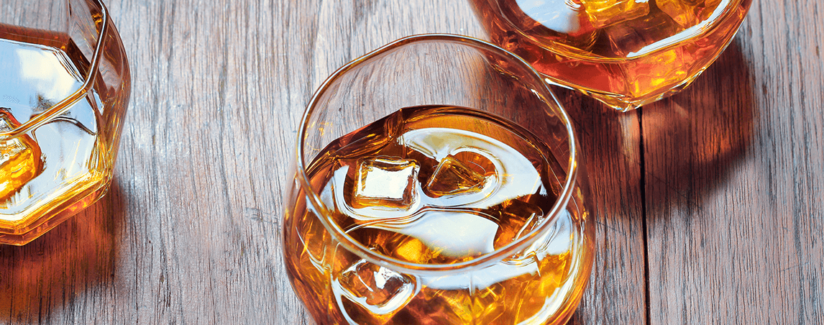
Is Propylene Glycol the Same As Antifreeze?
02/21/2018
In a previous post about propylene glycol, we looked into questions about antifreeze chemicals present in food, which Dr. Sean O’Keefe, food science professor at Virginia Tech, addressed.
One of our readers from New Zealand recently reached out to us to ask about this ingredient: “As Sean had answered the queries in December 2014, I’m wanting to know if his answers are still considered correct. Is it still safe to consume propylene glycol?”
When it comes to consuming (and being scared of) ingredients you can’t pronounce, it is no wonder the additive ingredient propylene glycol caused some raised eyebrows. Dr. O’Keefe states that propylene glycol is a colorless liquid that possesses a slight sweet taste. According to the FDA website, propylene glycol is classified as GRAS (generally regarded as safe). Because of this classification, it means that it is safe to consume.
Is it safe to consume food or drinks that contain propylene glycol?
Dr. O’Keefe: “Yes, it is perfectly safe to consume foods containing propylene glycol. Propylene glycol can only be toxic if used intravenously at high dosage or when applied to compromised skin causing burns.
Is propylene glycol the same as antifreeze?
Dr. O’Keefe: Once ingested, propylene glycol is either excreted in the urine or is metabolized to lactic acid, a normal metabolic product. Ethylene glycol (used in car antifreeze) is toxic because it is metabolized to oxalic acid, which is toxic. As an ingredient in Fireball Whiskey, propylene glycol is safe.”
According to Food Insight, propylene glycol is added into items such as:
- Frostings
- Candies
- Baked goods
- Prepared foods
- Vanilla and almond extracts
- Food coloring
- Pharmaceutical products
- Cosmetic products
- Personal care products
What would happen if this ingredient was removed from food products? Would the food taste differently?
Dr. O’Keefe: “Propylene glycol adds sweetness, body, and can be used as a solvent for flavorings and other ingredients. I’m not sure for what specific reason it is used in Fireball Whiskey; I’ve read that it is used as a sweetener. It is safe to consume propylene glycol.”
“Something people seem to be missing is that it is used here in an alcoholic beverage, and over-consumption of alcohol is dangerous because alcohol is toxic. Consumers should be much more aware of the dangers of the alcohol in the drink than the propylene glycol.”
Fireball Whiskey was recalled in some European countries in 2014 because levels of propylene glycol were above the level allowed in those counties. Why is there a difference in the amount of propylene glycol that is acceptable in the U.S. vs. Europe?
Dr. O’Keefe: “Food additives are regulated in the U.S. based on their function and in what food category they can be used. Food laws are different in other countries. As an example, saccharin is allowed as an artificial sweetener in the U.S. but cyclamate is not. The opposite is true in Canada.”
“Propylene glycol IS allowed in Europe, just with different use levels. It is considered non-toxic and is GRAS in the U.S. Regulations in Europe are different and what is allowed in the U.S. is not allowed in Europe in this case. Different countries have different laws. Different states in the U.S. have different laws. It is hard to know why without being in the room with committees that make the decisions. I assume that the Europeans considered people with metabolic disorders more than the Americans did when determining safe levels.”
Propylene glycol is added to food and beverages to improve taste and texture. It is not antifreeze. It is considered safe to use in the amount present in foods.


























